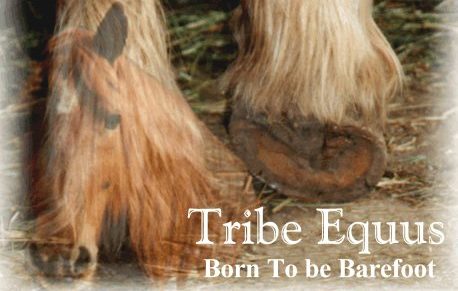Natural Horse Resources
Here you will find information related to Natural Horsemanship of which High Performance Barefootedness is one component.
Natural Horsemanship encompasses all aspects of human/horse interaction, from horse keeping methods to riding techniques.
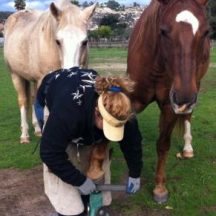
Hoof Care Providers
Here you will find professionals who can provide natural hoof care for you, and horse owners who will share their experiences and recommendations.
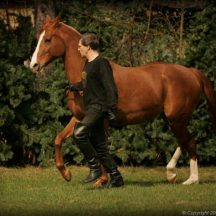
Natural Horsemanship
Natural Horsemanship includes how we interact with our horses. The days of "breaking" horses are being replaced with more harmonious, resistance-free methods.
Many of the people leading the training aspect of the Natural Horsemanship movement are not "natural horsemen" in the purest sense of the term (i.e. do not barefoot their horses, nor allow 24/7 turnout in natural living conditions).
However, their methods and practices are worth a look. Take what feels right and works for you and your horse to incorporate into your own program. Be willing to change your thinking!
Training for Horse and Human Relationship and Understanding
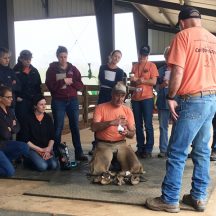
Professional Organizations & Education
Find Certified professional, or become on yourself!
Schools
Professional Organizations
Other Education Sites
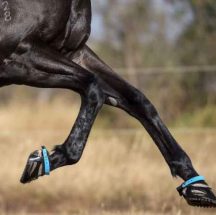
Hoof Protection
Horses in transition to barefootedness and horses in rehab from conditions like laminitis, may need extra protection until their feet adjust to life without shoes.

Equitation - Saddle FIt
Ride your natural horse in a manner that enables his natural movement and carriage rather than inhibiting it. The biggest factor is the fit of the saddle - far different than the concepts followed by most saddle fitters.
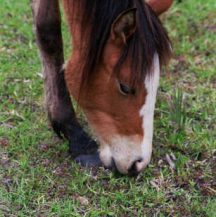
Nutrition
Nature endowed all her creatures - including all members of Tribe Equus - with the ability to recognize what their bodies need. The natural horse roams miles searching for just the right nutrients in the right amounts needed by the body each day. In the company of mankind, horses often find themselves being offered only prescribed rations at specified intervals each day based on what the human believes the horse needs. We believe that a compromise can be reached by owners and caretakers that will allow as much free choice as possible for the horse in the domestic setting.
However, we also recognized that domestic-kept horses do not have the vast acreage to roam as do their wild cousins, nor do they have the keen instincts produced by wild living. Further, issues of envriomental degredation on a planetary scale that have affected all biological oganisms increase the difficulty for domestics to recognize what their bodies need without some assistance from caretakers. Therefore, we urge horse owners to educate themselves on the enviromental impact of chemical toxins and about the chemical compositions of feed and suppliments we feed our horses (and ourselves). Learn what those ingredients on labels really mean and the impact they might have on health. Find out what can be safely fed free-choice and what cannot. You would be surprised at how many of the most widely used and highly acclaimed products contain harmful fillers and additives.
What's in your feed and supplements? Ever wonder about all those ingredients (many you can't even pronounce) in your horse's feed and supplements. We have compiled a list of some common ingredients in products fed to our horses. In researching this list, we have found that often things are in animal feed "because that's the way it's always been done"...does that argument sound familiar to all you barefooters?
Further, ingredients will be put in products for horses dogs and cats that would not be allowed in animals intended for human consumption. Why? With the changing and increasingly stressed environment, our horses have enough to deal with than to add to the situation by feeding products with unnecessary and potentially harmful ingredients.
Be an educated consumer on behalf of your horse.
